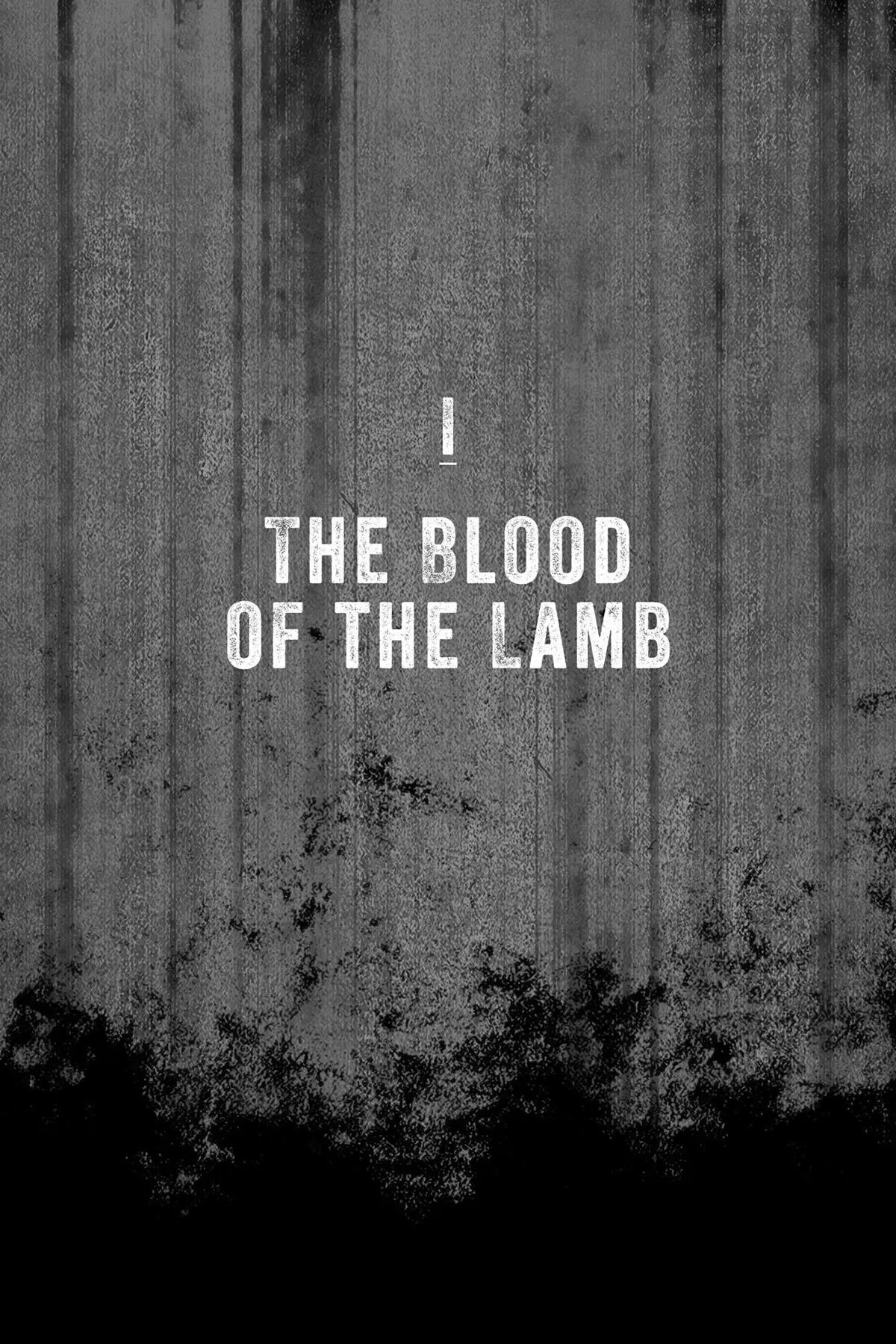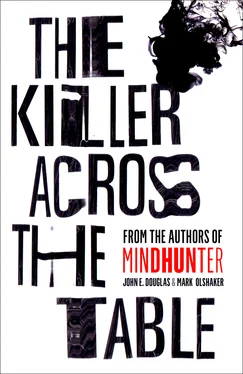As we embarked on this project, we had some preconceived ideas of what we would encounter during these interviews. Among them:
All would claim they were innocent.
They would blame their convictions on poor legal representation.
They would not willingly talk to law enforcement personnel.
Sex offenders would come across as sex-obsessed.
If there had been capital punishment in the state in which the murder was committed, they would not have killed their victims.
They would project the blame onto the victims.
They all came from dysfunctional family backgrounds.
They knew the difference between right and wrong and the nature of the consequences of their actions.
They were not mentally ill or insane.
Serial murderers and rapists would tend to be highly intelligent.
All pedophiles are child molesters.
All child molesters are pedophiles.
Serial killers are made, rather than born that way.
As we’ll see in the following pages, some of these assumptions proved correct, while others were way off the mark.
Surprisingly, the overwhelming majority of the men we sought out did agree to talk to us. They had various reasons. Some felt cooperating with the FBI would look good on their records, and we did nothing to dissuade that assumption. Others might simply have been intimidated. Many inmates, particularly the more violent types, don’t get many visitors, so it was a way to relieve the boredom, talk to someone from the outside, and spend a couple of hours outside their cells. There were some who were just so cocksure of their ability to con everyone that they looked at the interview as a potential game.
In the end, what started with a simple idea while driving out of Sacramento—conversations with killers—became a project that would change the careers and lives of both Bob and me and the special agents who eventually joined the team, and add a new dimension to the FBI’s crime-fighting arsenal. Before we were done with our initial phase of interviews, we had studied and talked to, among others: shoe fetishist and strangler Jerome Brudos in Oregon, who liked to dress his dead victims in high heels from his extensive wardrobe of women’s clothing; Monte Rissell, who raped and murdered five women as a teenager in Alexandria, Virginia; and David Berkowitz, the .44 Caliber Killer and Son of Sam, who terrorized New York City in 1976 and 1977.
Over the years, my profilers at Quantico and I would interview many other violent and serial predators, including Ted Bundy, the prolific killer of young women, and Gary Heidnik, who imprisoned, tortured, and killed women in the basement pit of his house in Philadelphia. Both of these guys provided character traits for novelist Thomas Harris in The Silence of the Lambs, as did Ed Gein, the Wisconsin recluse who killed women so he could use their skins, whom I interviewed at the Mendota Mental Health Institute in Madison. He was also famously the model for Norman Bates in Robert Bloch’s novel Psycho, the basis for the classic Alfred Hitchcock film. Unfortunately, Gein’s age and mental illness resulted in such rambling, disordered thought patterns that the interview wasn’t productive. He did, however, still enjoy working in leather crafts, making wallets and belts.
What eventually emerged was a set of rigorous interview methods that allowed us to start correlating the crime to what was actually in the criminal’s mind at the time. For the first time, we had a way of linking and understanding what was going on in an offender’s mind with evidence he left at the crime scene and what he said to the victim if she or he was alive, or what was done to the body, both ante- and postmortem. As we have often stated, it helped us begin to answer the age-old question “What type of person could do such a thing?”
By the time we had completed our initial round of interviews, we knew what type of person could do such a thing, and three words seemed to characterize the motivations of every one of our offenders: Manipulation. Domination. Control.
The conversations were the starting point for everything that came after. All the knowledge we gathered, the conclusions we drew, the Sexual Homicide book that came out of our research and the Crime Classification Manual that we created, the killers we helped catch and prosecute—all of it began by sitting across from killers and asking them about their lives with an aim to understanding what drove them to take another life, or in some cases, many lives. It was all possible because of the attention we paid to this previously untapped group of instructors: the criminals themselves.
We are going to take an in-depth look at four killers I confronted across the table after I had left the bureau, using the same techniques we had developed during our extensive study. The killers themselves are all different, each with his own techniques, motivations, and psychic makeup. They range from a single victim to close to a hundred, and I have learned from all of them. The contrasts between them are intriguing and compelling. But so are the similarities. They are all predators, and all grew up without forming trusting bonds with other human beings during their formative years. And they are all prime exhibits in one of the central debates of behavioral science: nature versus nurture, whether killers are born or made.
In my FBI unit, we operated under the equation Why? + How? = Who. When we interview convicted offenders, we can reverse-engineer that process. We know the Who and we know the What. By combining those, we discover the all-important How? and Why?

1
LITTLE GIRL LOST
It was just after the July Fourth holiday in 1998 when I took the Amtrak train up north to call on a new potential “instructor.” His name was Joseph McGowan, and he had been a high school chemistry teacher with a master’s degree. But rather than any formal academic title, he was now officially known as Inmate No. 55722 at his longtime place of residence, the New Jersey State Prison at Trenton.
The reason for his incarceration: the sexual assault, strangulation, and blunt force murder of a seven-year-old girl who had come to his house to deliver two boxes of Girl Scout cookies twenty-five years earlier.
As the train wound its way north, I prepared. Preparation when talking to a killer is always important, but no more so than now—after all, this conversation would have consequences far beyond the informational or academic. I’d been called in by the New Jersey parole board to help determine whether McGowan, who’d already been denied parole twice, should be released back into society.
At the time, the chairman of the New Jersey State Parole Board was an attorney named Andrew Consovoy. He had joined the parole board in 1989, and as McGowan’s case was coming up for a third time, he had just been appointed chairman. Consovoy had read our book Mindhunter after hearing me one night on the radio and recommended it to the parole board’s executive director Robert Egles.
“One of the things I realized from reading it and your other books was that you had to have all of the information going in,” Consovoy related years later. “You had to find out who these people were. They didn’t start to exist the day they came to jail.”
Based on this perspective, he formulated a special investigations unit operating under the parole board. It consisted of two former police officers and a researcher, and its function was to look deeply into the questionable parole cases and give board members as much information as possible about the applicant on which to formulate a decision. They asked me to consult on the McGowan case.
Читать дальше













